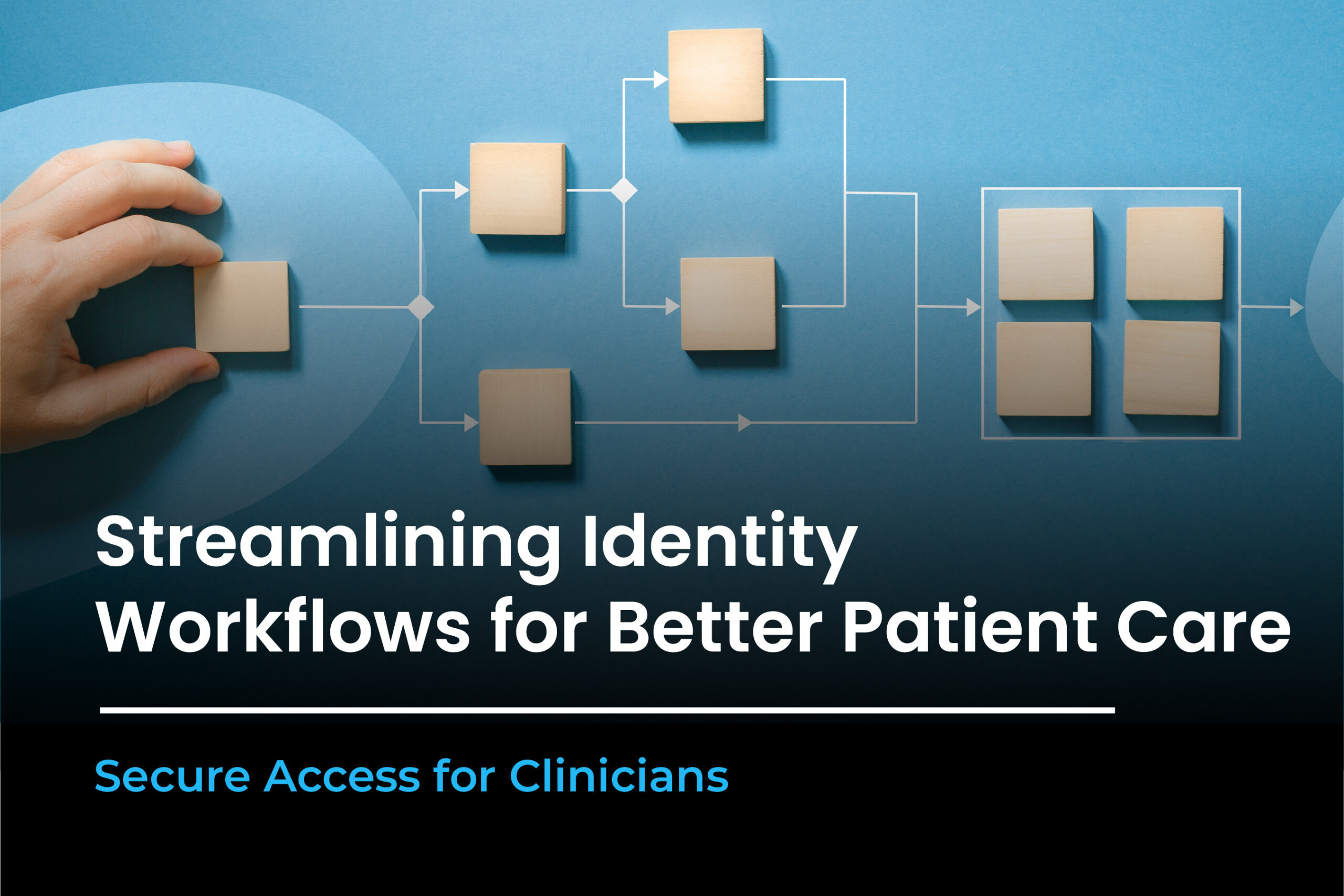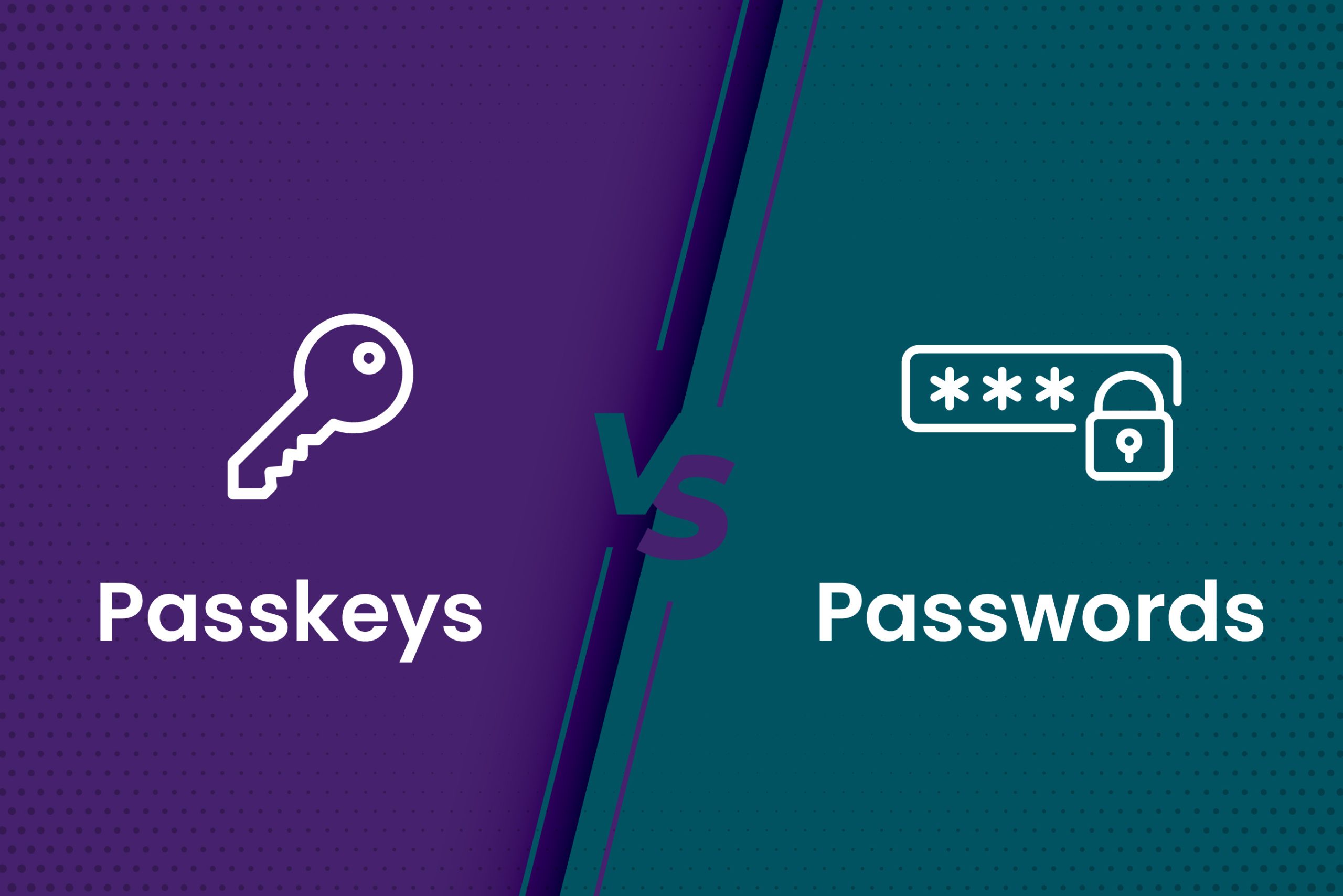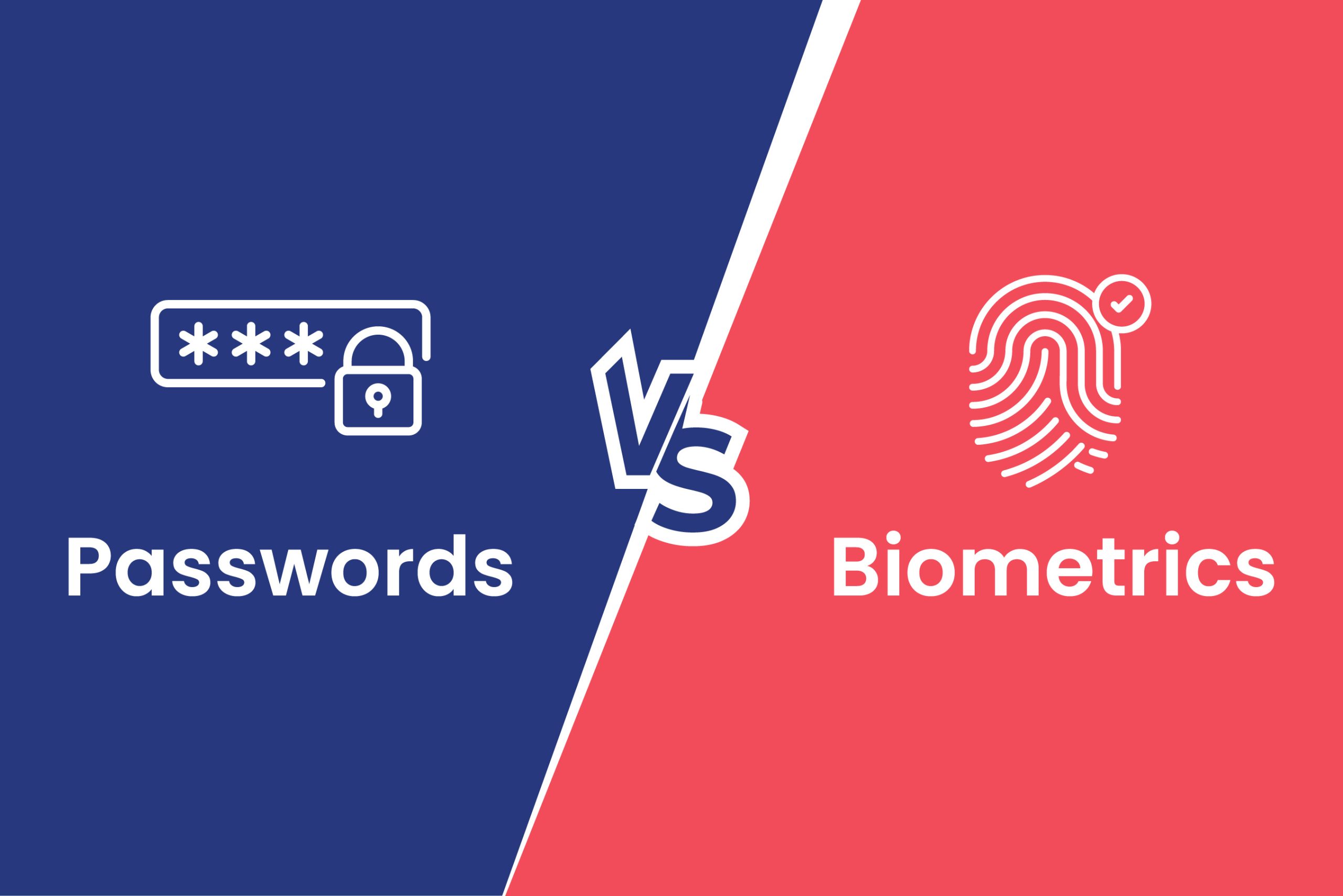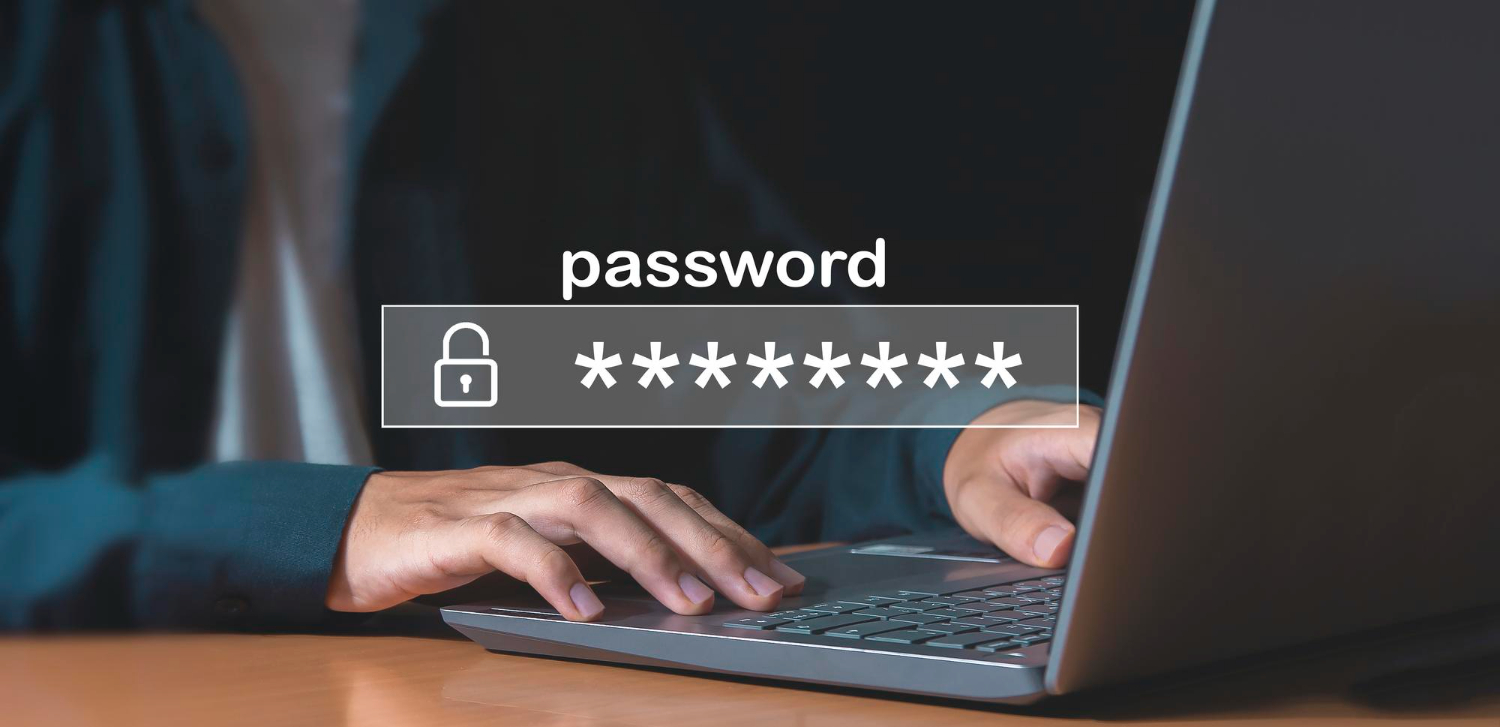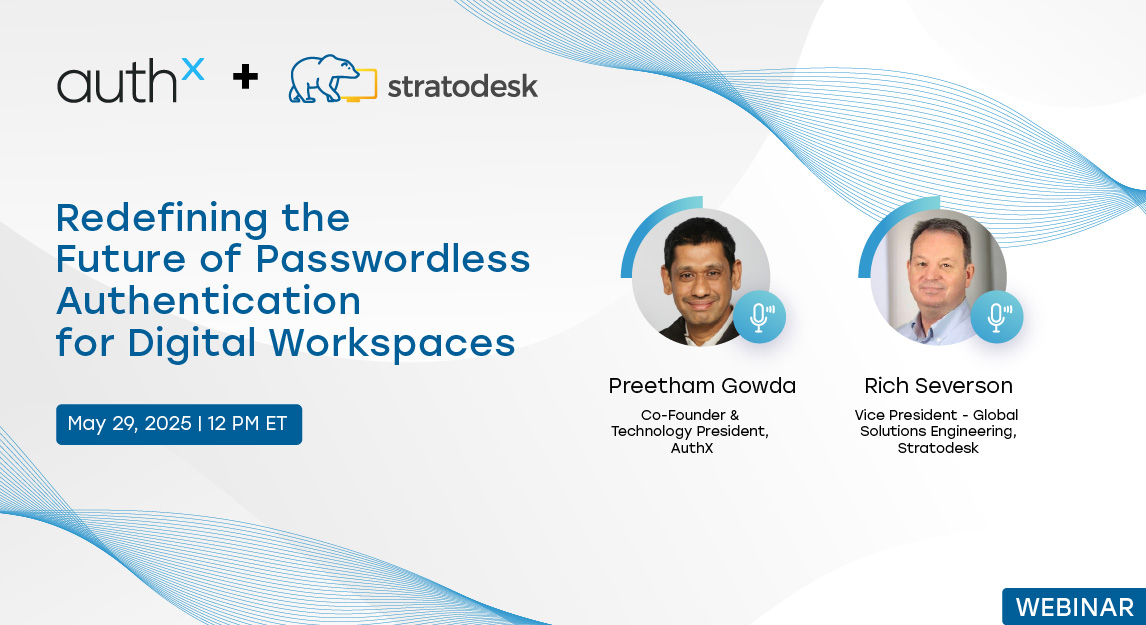We hear a lot of healthcare leaders say the same thing: “Our clinicians are drowning in logins, manual processes, and fragmented systems.” They are right: healthcare IT is infamously complicated, requiring clinicians to manage numerous applications to get through the day. A study published in the Journal of the American Medical Informatics Association found that 70% of physicians reported stress related to health information technology, with 26% experiencing burnout. Physicians and nurses still complain about time wasted logging into electronic health records, looking for patient records, and switching between platforms to coordinate care.
However, what if we could make it all simpler? Identity and Access Management (IAM) is transforming healthcare by eliminating inefficiencies, automating access control, and minimizing login fatigue, allowing healthcare teams to concentrate on what really matters—providing care.
In this blog, we will explore how streamlining identity and access management can alleviate these frustrations, enhance clinician efficiency, and ultimately improve patient care.
The Challenges Slowing Down Clinicians
Talk to any clinician, and they’ll tell you: the technology designed to help them often does the opposite. Here’s what’s standing in the way of efficiency:
- Too Many Logins: Each day, clinicians sign into multiple applications: EHRs, telehealth platforms, imaging software, patient portals—the list goes on. Every login eats up time and increases frustration.
- Manual Processes: Many workflows still rely on outdated, manual steps that slow down patient care and increase the risk of errors.
- Data Silos: Information is scattered across different platforms, making it difficult to get a complete picture of a patient’s condition.
- Onboarding & Offboarding Delays: New clinicians often wait days (or weeks) for access to essential applications, while former employees may retain access longer than they should—a serious security risk.
- Compliance Overhead: Healthcare IT teams spend countless hours ensuring compliance with HIPAA and other regulations, often through manual access reviews and audits.
None of these helps patient care. But IAM can change that.
How IAM Transforms Clinician Workflows?
We’ve seen firsthand how IAM can simplify clinician workflows while keeping security intact. Here’s how:
- Single Sign-On (SSO): One login grants secure access to all applications, eliminating the need for multiple passwords. A clinician can go from workstation to workstation without having to reauthenticate constantly.
- Multi-Factor Authentication (MFA): Strengthens security without adding complexity, ensuring clinicians get fast access while preventing unauthorized entry.
- Role-Based Access Control (RBAC): Automatically grants the right level of access based on a user’s role, reducing unnecessary permissions and security risks.
- Lifecycle Management (LCM): Automates onboarding and offboarding, ensuring new hires have instant access while revoking credentials for departing staff.
- Zero Trust Security: IAM enforces strict access controls, ensuring only verified personnel can access sensitive patient data.
When IAM is done right, logins become effortless, security doesn’t slow anyone down, and clinicians can focus on patient care—not IT frustrations.
Making IAM Work in Healthcare IT
Integration is the key to making IAM truly effective. Healthcare IT teams must ensure IAM solutions work seamlessly with existing systems, including:
- Electronic Health Records (EHRs): Streamlining authentication for fast and secure access. AI-powered speech recognition can also reduce documentation burdens.
- Collaboration Platforms: IAM ensures clinicians can securely use telehealth tools, virtual command centers, and real-time collaboration apps without login hassles.
- Patient Management Systems: Secure access controls prevent unauthorized entry while ensuring smooth patient interactions.
- Point-of-Care Solutions: Remote patient monitoring tools can be securely connected to IAM for real-time data access without security risks.
It’s not just about adding another layer of security; it’s about making the entire healthcare ecosystem work better.
How AuthX Solves These Challenges?
At AuthX, we’ve seen healthcare organizations struggle with inefficient identity workflows. That’s why we built a solution that prioritizes both security and usability. Clinicians can log in using Passkeys, Biometrics, Badge Tap, or Mobile Authentication—no passwords, no hassle. One-click access to all critical applications, including EHRs and virtual desktop environments, keeps workflows seamless. Adaptive security ensures clinicians can access what they need while keeping bad actors out. Also, with seamless integration into major healthcare platforms like Epic and Cerner, IT teams don’t have to worry about compatibility issues.
“As healthcare organizations evolve, identity management will be critical in shaping the future of clinician workflows. Investing in automation reduces manual access reviews, onboarding delays, and security bottlenecks—automate everything possible. Passwords are the number one cause of IT headaches and security breaches, so transitioning to passwordless authentication is a must. And no IAM solution is effective without seamless integration, so make sure it works with your EHR, patient management systems, and telehealth platforms,” says Preetham Gowda, President of Technology at AuthX.
The Future of Clinician Workflows & IAM
Looking ahead, healthcare will continue to embrace AI, automation, and interoperability. The organizations that succeed will be those that:
- Reduce login fatigue and security risks with passwordless authentication
- Automate compliance and security policies to minimize manual effort
- Ensure interoperability between IAM and healthcare IT platforms
- Enable secure remote access for telehealth and hybrid staffing models
The bottom line? IAM isn’t just about security—it’s about making healthcare work better.
We’ve seen it repeatedly when clinicians have to wrestle with IT, patient care suffers. The right IAM strategy eliminates those roadblocks, enabling seamless workflows and better security without added complexity.
AuthX is helping healthcare organizations simplify identity management, secure access, and improve clinician efficiency.
Ready to streamline your workflows? Book a demo today and see how AuthX can transform your healthcare organization.

